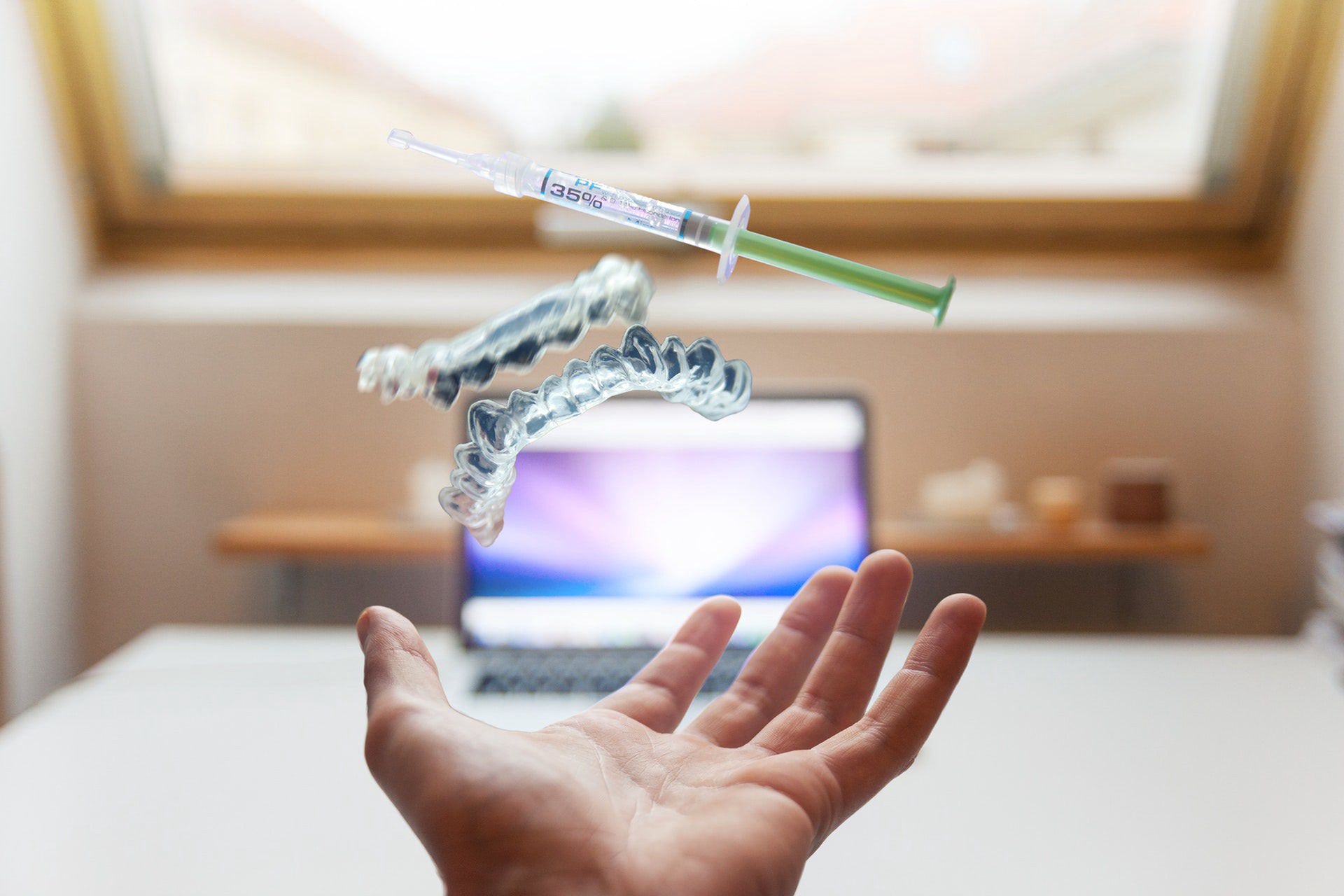What is the first thing that comes to mind when you hear the term 'biohacking'? Perhaps you are now thinking of a bunch of kids sitting in their kitchen with a DNA kit, (wannabe) cyborgs inserting subcutaneous chips in their bodies, or perhaps a person striving for optimum performance through a perfect lifestyle. These are all types of biohacking, but there's more to it. Here's what you need to know (and were too afraid to ask).
Bulletproof coffee
The problem with biohacking is that all the examples outlined above are true. Amateur biotechnologists, cyborgs and supporters of a healthy lifestyle all associate themselves with the term biohacking.
Within the latter group, which I call the lifestyle optimizers, Dave Asprey is the guru. Asprey is the frontman of the American brand Bulletproof. Among other things, this brand sells special coffee that you must mix with butter and coconut oil. The promised result: instant focus, without any sugar crash and hours of satiation.
A brief bio of biohacking
But what exactly do we mean when we speak of 'biohacking'? The term was first used in 1988 in an opinion piece for the Washington Post. The article described the possibilities to perform all kinds of technological experiments from your basement. This included DNA analysis, the cultivation of bacteria and testing the effect of viruses on fungi. Today, this definition is still dominant for the group of amateur biotechnologists.
Within the other two groups, the cyborgs and the lifestyle optimizers, biohacking is aimed at people. In using the term, the link to computers is made: just consider how computerhackers break into hardware and software vs. biohackers grinding their own wetware.
The cyborgs take this notion quite literally, by implanting technology into their bodies, whereas lifestyle followers believe that you can improve the human body and prevent aging with smart nutrition, health hacks and useful gadgets.
Steam engines and other metaphors
The comparison with computer technology comes from our current technological paradigm. Yet in the past, the paradigm of that time was used to look at the human body.
At the time of the Industrial Revolution, the human brain was considered a constellation of pipes, steam and drive shafts. The saying "blowing off some steam" is also a good example of how people saw themselves as, well, a kind of steam engine.
These days we see the brain often described as an algorithm or hard disk and the body as a battery that needs to recharge. Keeping this in mind, the idea of biohacking is not that strange.
Technology after all, is what makes us human.
Shifting boundaries
Take something as simple as sight. In prehistoric times, your chances of survival were nil when suffering from poor vision. When the first glasses were made around 1200 AD, our ancestors most likely responded, “Your vision was given to you by God—why change that?"
As we have developed ourselves scientifically over time, so did our technology; as contact lenses are socially accepted today, does this also apply to smart contact lenses that have a Google Glass-like function tomorrow?
And what about LASIK (laser-assisted in situ keratomileusis), or commonly referred to as laser eye surgery. This technology is becoming more accessible, but how socially accepted is it to give yourself super vision like golf superstar Tiger Woods?
This is my point: ethical boundaries of what we find socially acceptable are constantly shifting. That is what biohacking is about. Glasses are no longer biohacking, but smart contact lenses are.
Thinking ahead, one may wonder: Will glasses at some point become out-dated? Will everyone have genetically modified eyes for optimum vision?
Chances are, the next generations of biohackers will be at the forefront of these technologies. Perhaps they will replace their biological eyes with bionic ones. Perhaps they will simply change their diet.
Just like our technology, biohacking (and its dream and ideas that we have of ourselves) moves along the progress of mankind. But as with other technological developments, it's impossible to predict how these will evolve in the future. But there is one thing that we can be certain of. Things will change.

Share your thoughts and join the technology debate!
Be the first to comment